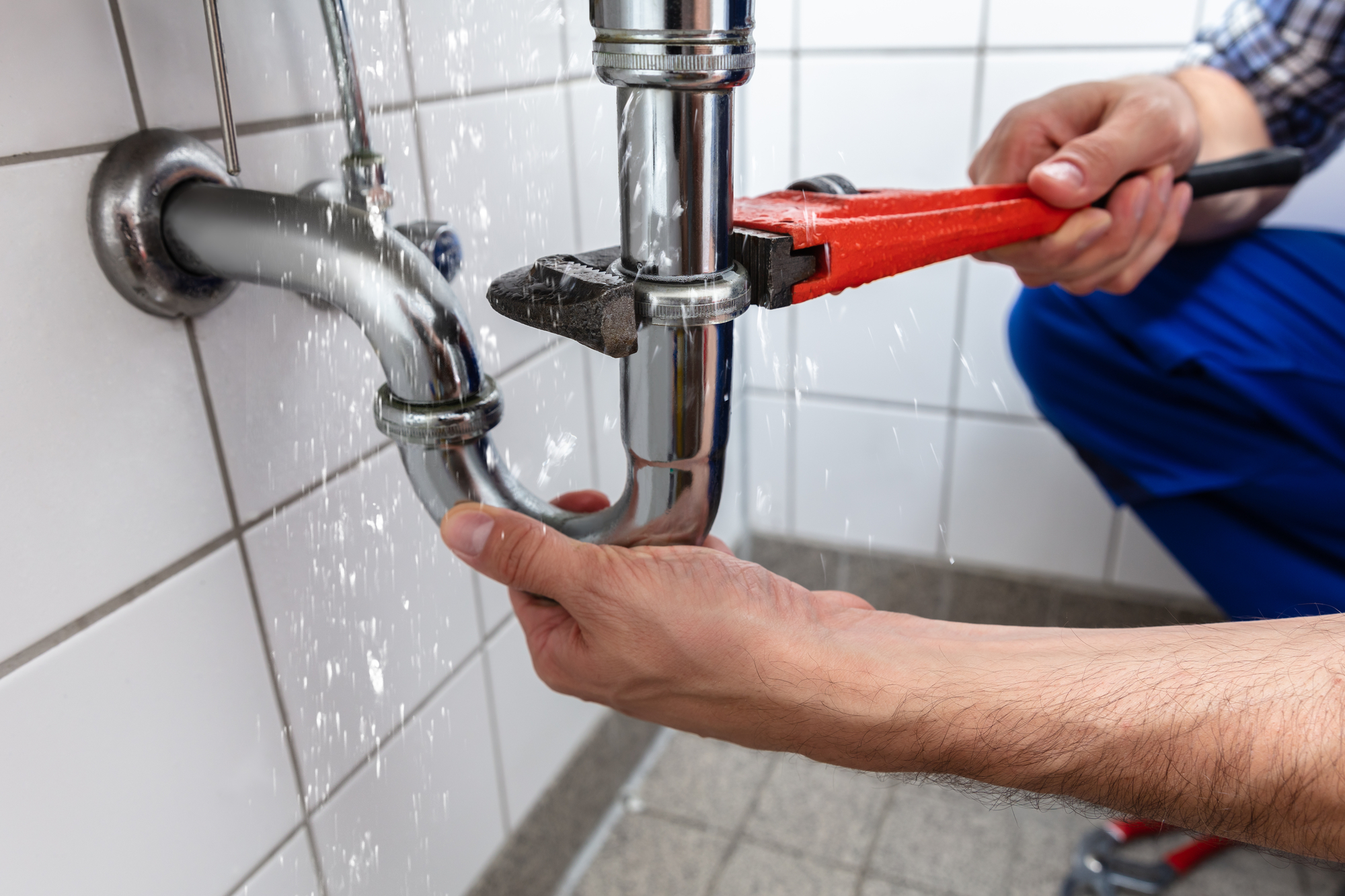Any water that enters a house must have a means of egress. Plumbing, the system that makes this possible, is fundamental to building any house. When properly installed, a plumbing system will ensure no water gets wasted and all fixtures function at peak efficiency.
Our common perception of plumbing is that it is difficult since it involves several pipes, lines, and connections. Only two systems exist;
- A reliable source of drinking water for the entire household.
- A drainage system channeling uses water away from a house.
The professional plumbers at plumbing services Toronto always stand by to assist you with any service or repair need for either of these units.
Drainage and Plumbing Basics
The plumbing and drainage systems in a home never interact with one another and follow the same essential guidelines for operation:
- The primary intake system gets its water supply from the city, a borehole, or a storage tank. A wide array of plumbing fixtures guide the water to the appropriate locations.
- The drains in the house collect used water and wastewater from several sources. Smaller lines carry the water into larger ones, which transfer them to the gutters, sewers, or water treatment facilities.
Clean Water Supply System
Plumbers connect freshly piped water to fixtures like toilets, sinks, washing machines, outdoor faucets, and indoor taps.
Parts of the Clean Water Supply System
Pipes
The home’s supply of clean water comes from pipes buried underneath. Water from the city’s main pipeline gets piped to a shut-off valve, from whence it is distributed to individual homes via pipes and tanks. From there, water is circulated to various fixtures around the house via a second network of pipes that run beneath the flooring and walls.
Turn-Off Valves
Key shut-off valves for the drinking water supply are constantly under surveillance. Faucets, such as those used in sinks and bathrooms, include smaller valves that regulate water flow. When doing repairs or maintenance, plumbers close these valves to prevent water damage from seepage or leaking. In a plumbing system, you can stop water flow at any point by turning off the water supply to that particular place.
The Water Meter
The water piping entering a house must pass via a water meter in the exterior wall. If the water comes from the city, this is what you’ll use to calculate your bill each month.
Faucets
Turning a knob or opening a faucet regulates water flow. Most sinks and showers have separate hot and cold water lines controlled by separate knobs.
Channels for Water Drainage
Drains, also known as the secondary plumbing system, collect wastewater and dispose of it at a water treatment facility or the municipal sewage system. Discarded water forces its way through pipelines that lead to municipal sewer systems.
Elements of the Drainage System
Sewer Lines
Drains and drainage pipes are in any house plumbing fixture. The slanted design of these pipes facilitates water drainage. Such pipes collect wastewater and convey it to the underground sewage treatment facility via an extensive network of interconnected pipes. These conduits connect to a municipal wastewater treatment facility or sewage disposal system.

Shower Drains
Drains with taps installed prevent water from reversing course and flooding nearby homes. This U-shaped pipe joins several other pipes that lead to a drain. This pipe, also referred to as a “P” trap, is used to keep toxic gases outside the house.
Exhaust Pipe
The drainage system’s continual flow of semi-solid and liquid waste is essential. Drain vents in the ceiling allow fresh air to enter the plumbing system through the drains. This vent must remain clean so it does not become clogged and cause backflow.
Knowing how the system functions will allow you to quickly pinpoint the source of the leak or seepage in case of a plumbing problem, broken pipe, or other damage. Suppose a plumber Toronto performs proper and timely maintenance. In that case, it will guarantee continuous water flow into and out of the home and prompt detection and correction of any problems. Experts advise homeowners to invest in high-quality fittings to ensure the durability and proper function of their drainage and plumbing systems.

